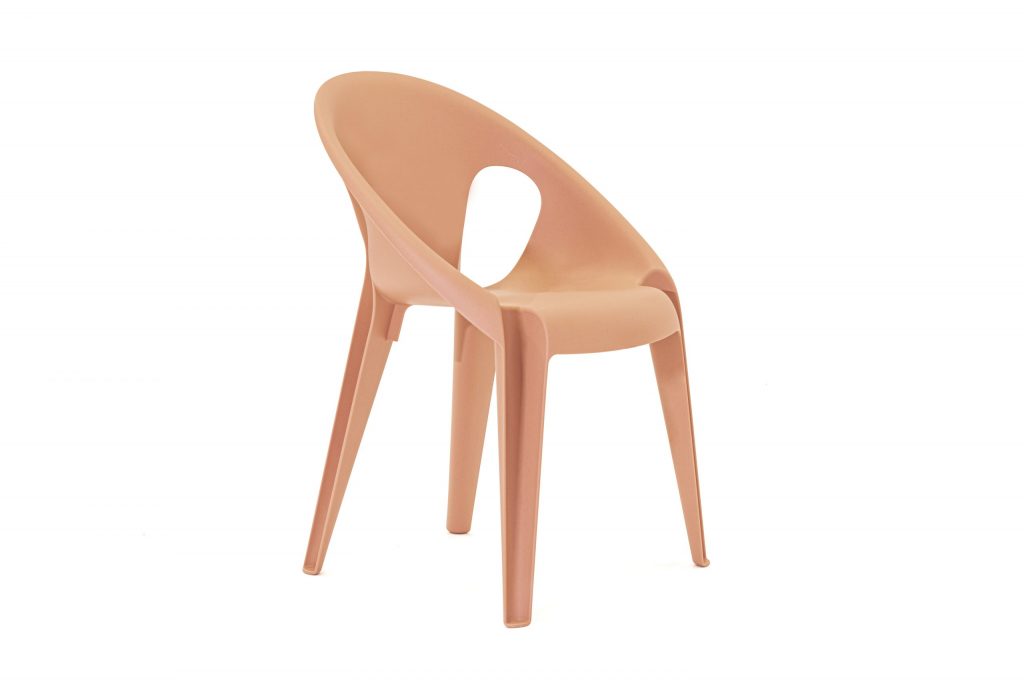ERPR Tool - Environmentally Responsible Product Rating

The ERPR Tool has been developed specifically to enable comparisons between plastic chairs made from renewable carbon plastic.
While the questions have been tailored to chairs the same five dimensions can be used to evaluate the sustainability of any product where plastic is the main material used and resources are not consumed during use:
1) Weight – the lighter the better – quantity of material used will have the biggest impact of the environmental performance of any plastic product (that does not consume resources during use). Resources consumed during the manufacture of plastics are significantly greater than any required for the remaining four dimensions. Lightweighting is the preferred strategy. Minimising weight also contributes towards reducing greenhouse gas impacts during manufacture, transportation and disposal. Without details of how a product is manufactured weight is used as an indicator of efficiency, lighter products with a given product category are assumed to consume less resources during manufacture.
2) Materials – what percentage of the material used to make the product is made from recycled fossil-based plastic or bioplastics? If different materials are used for different parts of the product details are asked about the main materials used for the shell and the base. Monoblocs (made from a single material using a single process) consume less resources during production than chairs requiring manual assembly.
3) Appeal – many of the existing tools available to compare the environmental performance of designs do not attempt to evaluate how appealing the product is likely to be to consumers or end-users. To deliver environmental benefits a product must sell AND displace the purchase of a less sustainable competitor. While many factors contribute to the appeal of any product, three components of the appeal of chairs can be easily measured and are included here; price, number of colours available, and number of variants available. A chair offered for a low price, in a wide choice of colours, and with different leg and shell configurations is likely to have broader appeal. Monoblocs tend to score weakly here as variants of the basic design are usually not offered and colour choices are restricted to contain costs.
4) Transport – how a product is transported from the factory to the warehouse or showroom can have an impact on the amount of fuel consumed as it is moved around the world. Chairs designed to stack or assembled at the point of sale/use occupy significantly less room than chairs that need to be packed separately in cartons for shipping.
5) End of life – what happens to the product at the end of life is an important consideration. The primary aim should be to design products that can withstand years of use and retain a timeless appeal. However, many products are discarded after a relatively short time – products designed to be recycled or with components that can biodegrade achieve better scores.
Try the ERPR Tool and see how your product scores against these five dimensions of sustainability.
Please provide your feedback using the contact page.